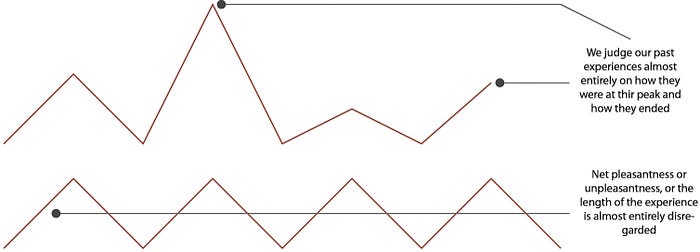Member-only story
How Uber uses psychology to perfect their customer experience
Uber tackles their biggest pain points with science.

I think Uber is just very different; there’s no model to copy.
- Travis Kalanick, Co-founder of Uber
Available in 600 cities spread across 65 countries with more than 75 million users, Uber has become the default transport choice for many.
The scale and speed of adoption have been incredible, and Uber cites its unique business model and experience as the drivers.
So what are the most significant issues customers have with Uber? And how has Uber used science to fix them?
Prefer to watch? Check out the video case study:
Uber customers’ biggest pain point — the wait
Imagine you’re out at 2 am on a winter night, waiting for your Uber while shivering on the side of a dark street in a new town. Or you’re late for an important meeting that you might just make if your Uber is on time.
In these high-pressure situations, your perception of time is warped. Every second takes a minute, every minute takes an hour.
Not only that, but people will use this warped wait time to judge their entire customer experience. Why? It’s all down to a psychological principle called the Peak-end Rule.
The science behind an unforgettable customer experience

The Peak-end Rule says that people judge an experience based on how they felt at its peak and its end, not the average of every moment of the experience. And that’s true whether the experience was good or bad.

